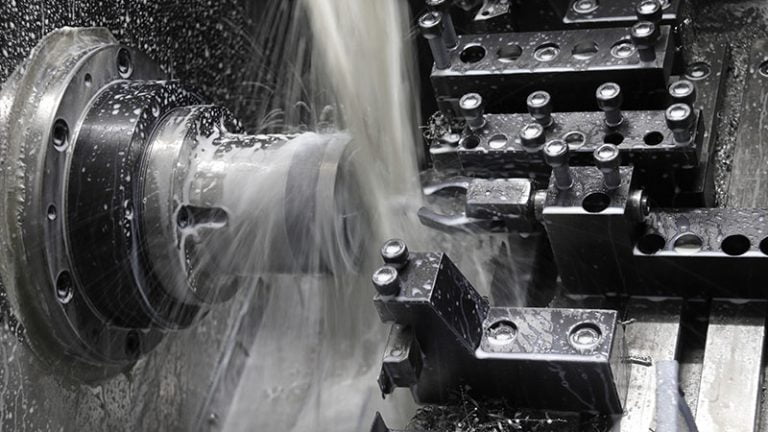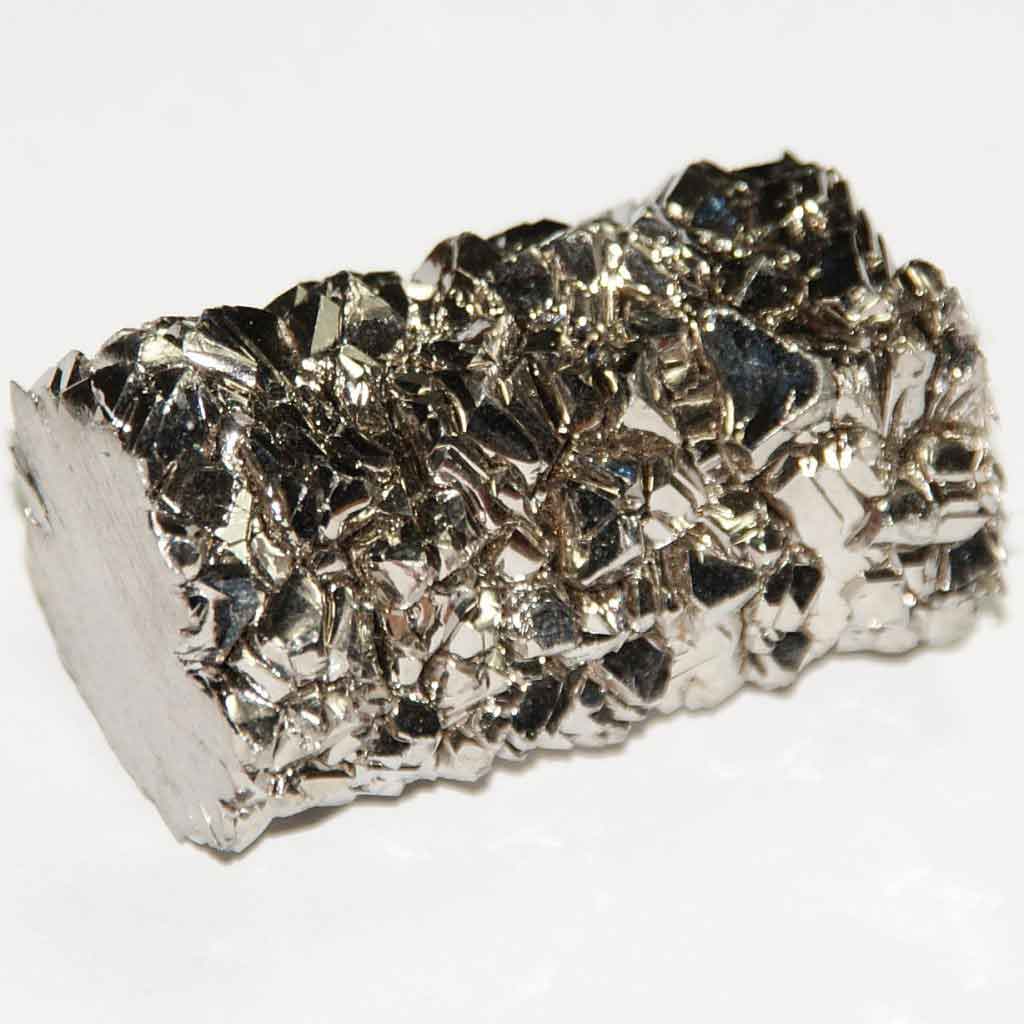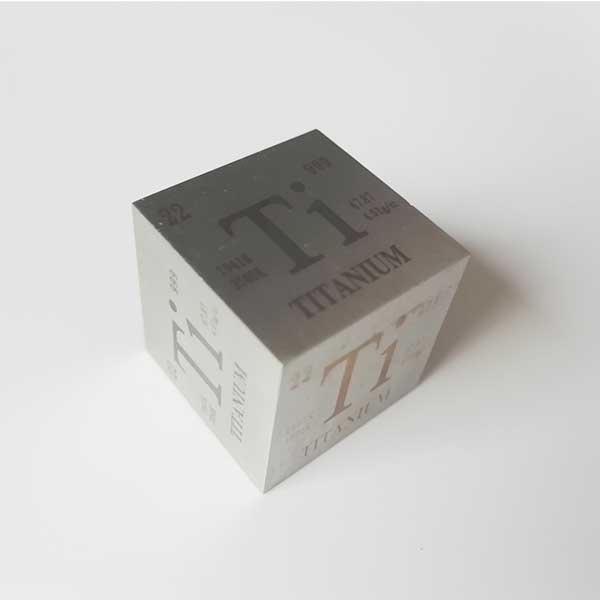Titanium alloys are divided into α phase, β phase, and α+β phase according to the metal structure. TA, T, and TC represent their grades (Chinese standards) and types, respectively. The materials used in a new engine of our company are T and TC. TA sercies are used for common castings and forgings, and TC sercies for bar materials.
Features and Machinability
Compared with common steel alloys, titanium alloys have the following advantages:
- High specific strength: the density of titanium alloy is only 4.5g/cm3, which is much smaller than iron, and its strength is similar to that of ordinary carbon steel. Good mechanical properties: Titanium alloy has a melting point of 1660°C, which is higher than iron, and has higher thermal strength. It can work below 550°C and usually shows better toughness at low temperatures.
- Good corrosion resistance: A dense oxide film is easy to form on the surface of titanium alloy below 550℃, so it is not easy to be further oxidized. It has high corrosion resistance to the atmosphere, sea water, steam, and some acids, alkalis, and salt media.
On the other hand, the machinability of titanium alloys is relatively poor. The main reasons are:
- Poor thermal conductivity, resulting in high cutting temperature, reducing tool durability. At temperatures above 600°C, a hard oxide layer is formed on the surface, which has a strong abrasion effect on the tool. Low plasticity and high hardness increase the shear angle, the contact length between the chip and the rake face is very small, the stress on the rake face is large, and the blade is prone to breakage.
- The elastic modulus is low, the elastic deformation is large, and the surface rebound of the workpiece near the flank face is large, so the contact area between the processed surface and the flank face is large, and the wear is serious.
These characteristics of the titanium alloy cutting process make it very difficult to process, resulting in low processing efficiency and high tool consumption.
General Principles of Cutting
According to the nature of the titanium alloy and the characteristics of the cutting process, the following aspects should be considered when machining:
- Use cemented carbide tools as much as possible, such as tungsten-cobalt cemented carbide and titanium alloys have low chemical affinity, good thermal conductivity, and strength. high. Impact-resistant ultra-fine-grain cemented carbide can be selected for intermittent cutting at low speeds, and high-speed steel with good high-temperature performance can be used for forming and complex tools.
- A smaller rake angle and a larger clearance angle are used to increase the contact length between the chip and the rake face, reduce the friction between the workpiece and the flank face, and the tool tip adopts a circular arc transition edge to improve the strength and avoid sharp corner burning. And blade. Keep the blade sharp to ensure smooth chip evacuation and avoid chip sticking and chipping.
- The cutting speed should be low to avoid too high cutting temperature; if the feed rate is moderate, it is easy to burn the tool, if it is too small, the cutting edge will wear too fast because the cutting edge is working in the hardened layer; the cutting depth can be larger, so that the tool tip is in the hardened layer The following work will help improve the durability of the tool. Cooling liquid must be added to fully cool it during processing.
- When cutting titanium alloys, the resistance to the knife is relatively large, so the process system needs to ensure sufficient rigidity. Because titanium alloy is easy to deform, the cutting clamping force cannot be large, especially in some finishing processes, a certain auxiliary support can be used when necessary.
The above are the general principles that need to be considered when processing titanium alloys.
In fact, when applying different processing methods and under different conditions, there are different contradictions and prominent points and key points to solve the problems.


